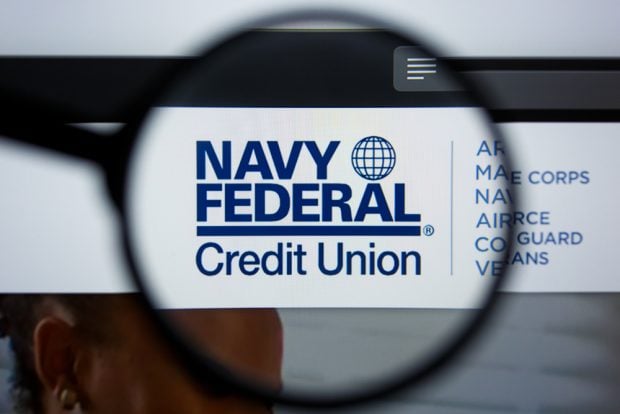Credit unions must know technology as well as they know banking. Technology is the strategic, convenient, streamlined way to serve members using a device that rarely leaves their side. These same members are your future.
Michigan First Federal Credit Union President/CEO Michael Poulos agreed credit union executives must understand technology and its application at least as well as they know banking. Little innovation exists in the business of banking, he said, but, "Where innovation is required is in the technical delivery of those products and services. Failure to understand those new methods and channels will lead to failure."
The very definition of member service is being disrupted. "Today member service is about being able to predict when and how Jane accesses her checking account…" according to TMG President/CEO Shazia Manus. "Technology and analytics will not only let credit union staff in on these behaviors; it will help them understand how to evolve everyday financial transactions into surprisingly delightful moments." She pointed out that Cartwheel knows the deals you like the minute you walk into a Target, as an example.
Recommended For You
New Cisco research has shown cybersecurity concerns are a key factor in preventing financial institutions from adopting digital technologies, including mobile, which will cost them 70% of a potential $400 billion in revenue over the next three years.
Combine that with this finding from MagnifyMoney: Credit unions that offer fewer digital services are losing assets. While many realize that if you're not adapting you're dying, this finding put quite the fine point on it. Because, and just as important, those same credit unions are also losing members, the report found.
The study does not claim causation, only correlation, and the various digital offerings ticked off the checklist were not weighted. Predictably smaller credit unions lagged the larger ones by a lot. About $250 million seems to be the threshold for comprehensive tech adoption at credit unions. Credit unions with $250 million in assets or less scored 42, as a whole while credit unions with more than $250 million in assets scored between 75 and 83, which is not a huge range of difference among the larger asset sub-buckets.
CUNA data support MagnifyMoney's conclusion as credit unions with less than $100 million in assets experienced flat to declining membership growth. Conversely, credit unions with between $500 million and $1 billion and more than $1 billion in assets were growing at a clip of 4.9% and 6.2%, respectively.
Obviously larger credit unions have greater resources for technology, and they also have a greater ability to reach out and add new members, both of which can help credit unions grow assets. The broader question is member service, and whether the smaller credit unions are serving their members in the ways they want.
For example, MagnifyMoney found 82% of the nearly 6,400 credit unions have websites. That means 1,150 do not – a major problem for those credit unions.
The name that topped the list as having all of the technology offerings that MagnifyMoney was looking for, however, was the $32 million United Catholics Federal Credit Union. The CEO, Lucy Sloan, was unable to talk at press time, but if this small credit union found a way to keep up with the big boys, others can, too.
Meanwhile credit unions bicker with the community bankers, while fintech companies are eating both of your lunches. CU Direct President/CEO Tony Boutelle hit the nail on the head (see page 3) saying, "There are tons of companies trying to disrupt your business, to steal your members and give them a loan. In the end it's just a loan, but what they're doing is trying to improve the experience."
A recent Samsung report noted the many advantages of mobile banking, from identification authentication to instant lending. Venmo provides instant P2P, and Quicken's Rocket Mortgage provides approval within eight minutes. Recently, it took a regional bank more than two months to approve my parent's home equity loan, despite their stellar credit history and the fact they would still have 20% equity.
Blockchain is a critical technology that IBM is following intently. IBM explained it provides a platform for all parties to compose an agreement that cannot be changed unless they all agree. It mitigates the need to build trust between the parties, a hallmark of credit unions' century-long efforts. Manus astutely pointed out, an entity cannot simply innovate its way to trust. Still, what happens when fintech user experience is married with blockchain technology and cuts the financial institution out of the transaction? Ignoring the possibilities is deadly.
Manus reminded, "Credit unions can't lose sight of why they exist nor of the problems they want to solve for their members." Research from SWBC found that 60% of millennial users in the credit union space indicated an app that only worked with a single account would not appeal to them, and would rather see accounts across all of their financial institutions. Would your credit union offer that service?
Fortunately, some credit unions are partnering with fintech to fill in their tech gaps, because the biggest long-term competitor to credit unions is not the community bank across the street. The firm that comes up with the winning consumer platform can relegate non-tech savvy financial institutions to the wholesale business, for which you'd need a whole lot more assets.
© Touchpoint Markets, All Rights Reserved. Request academic re-use from www.copyright.com. All other uses, submit a request to [email protected]. For more inforrmation visit Asset & Logo Licensing.






